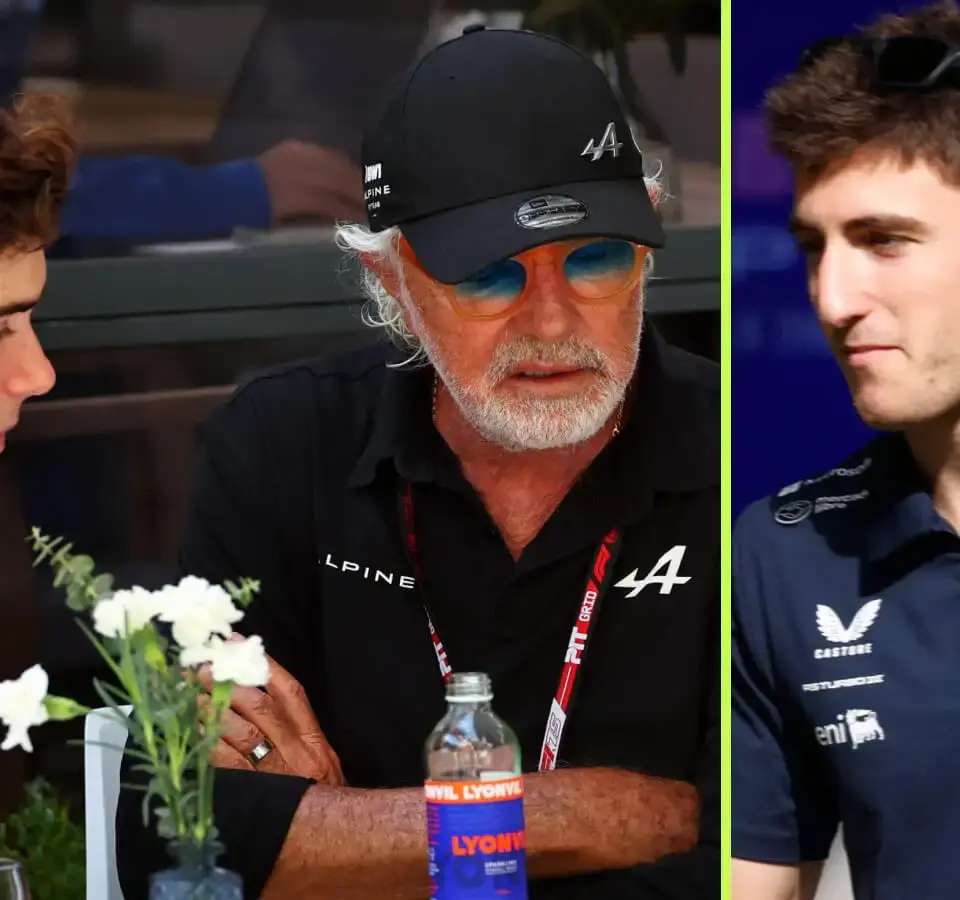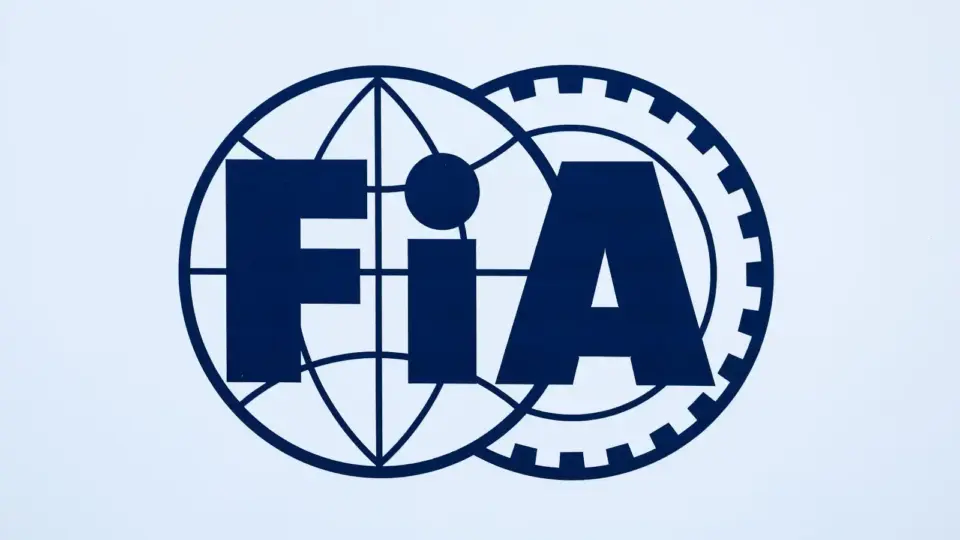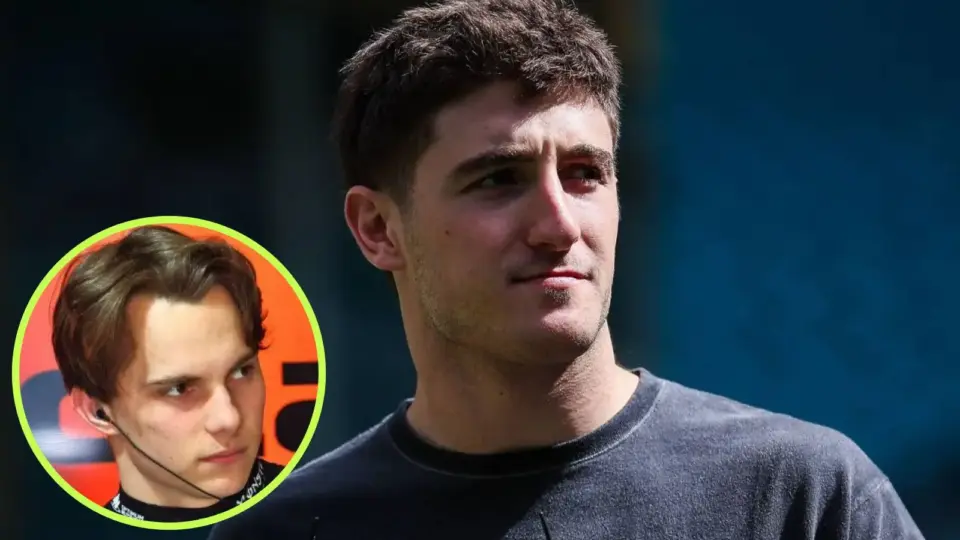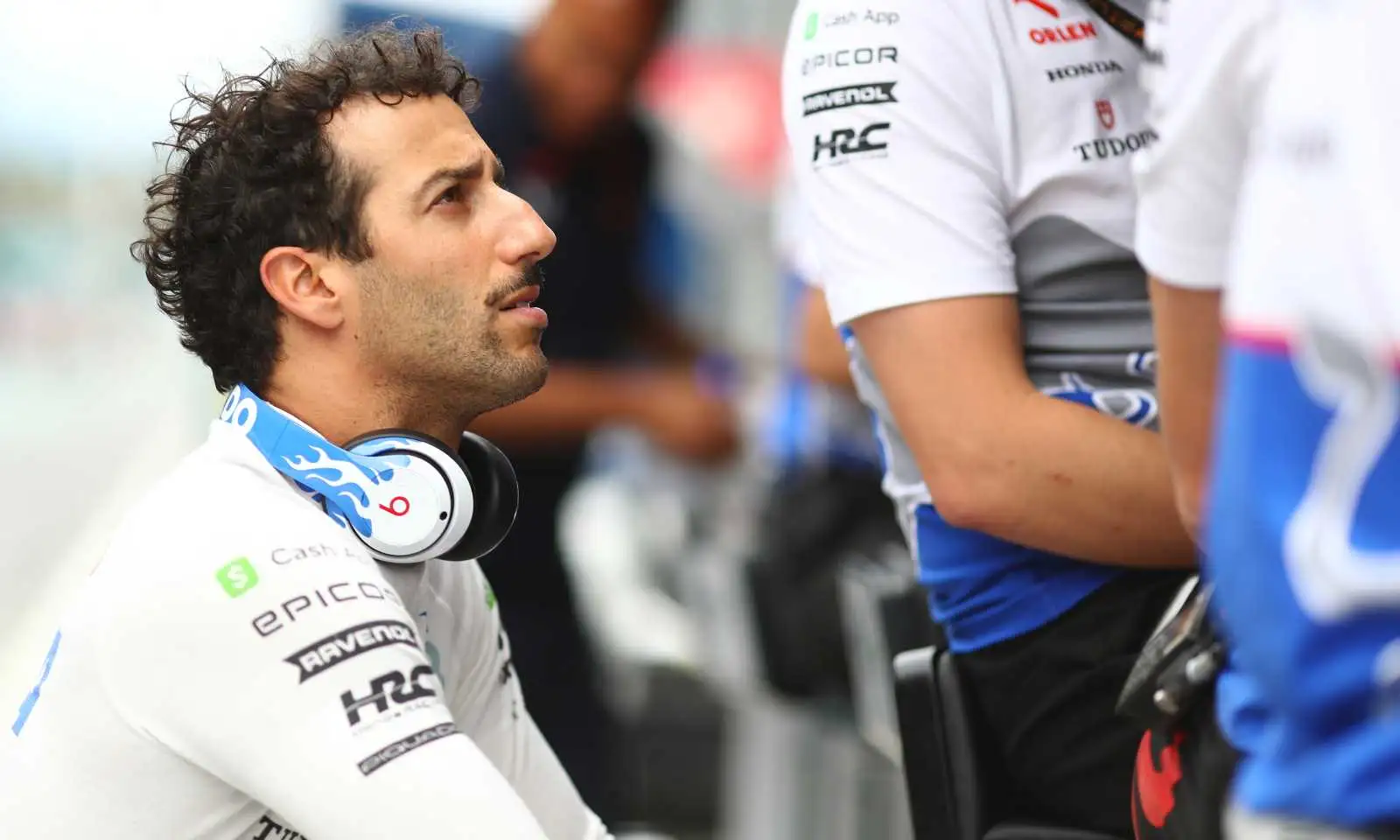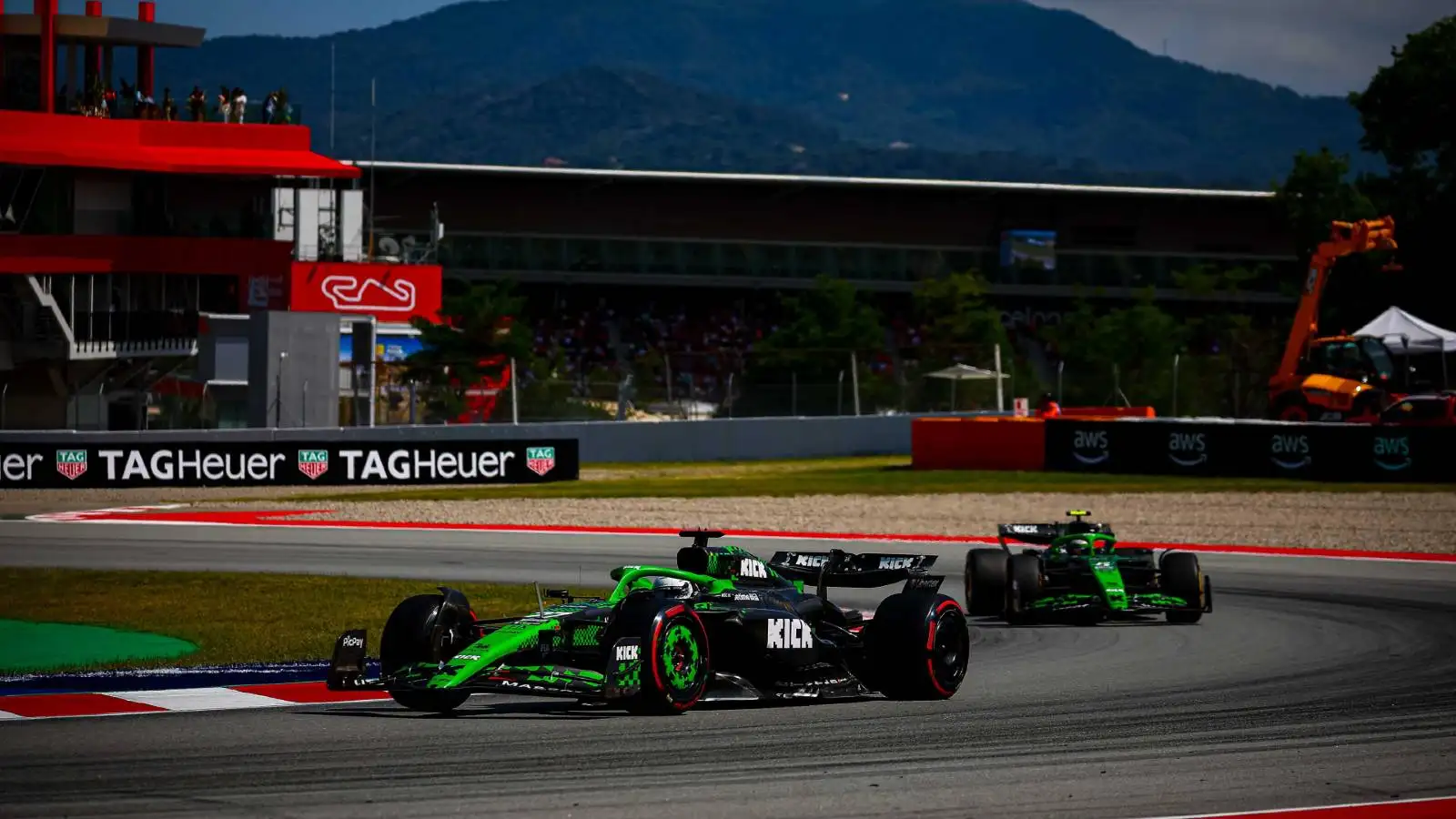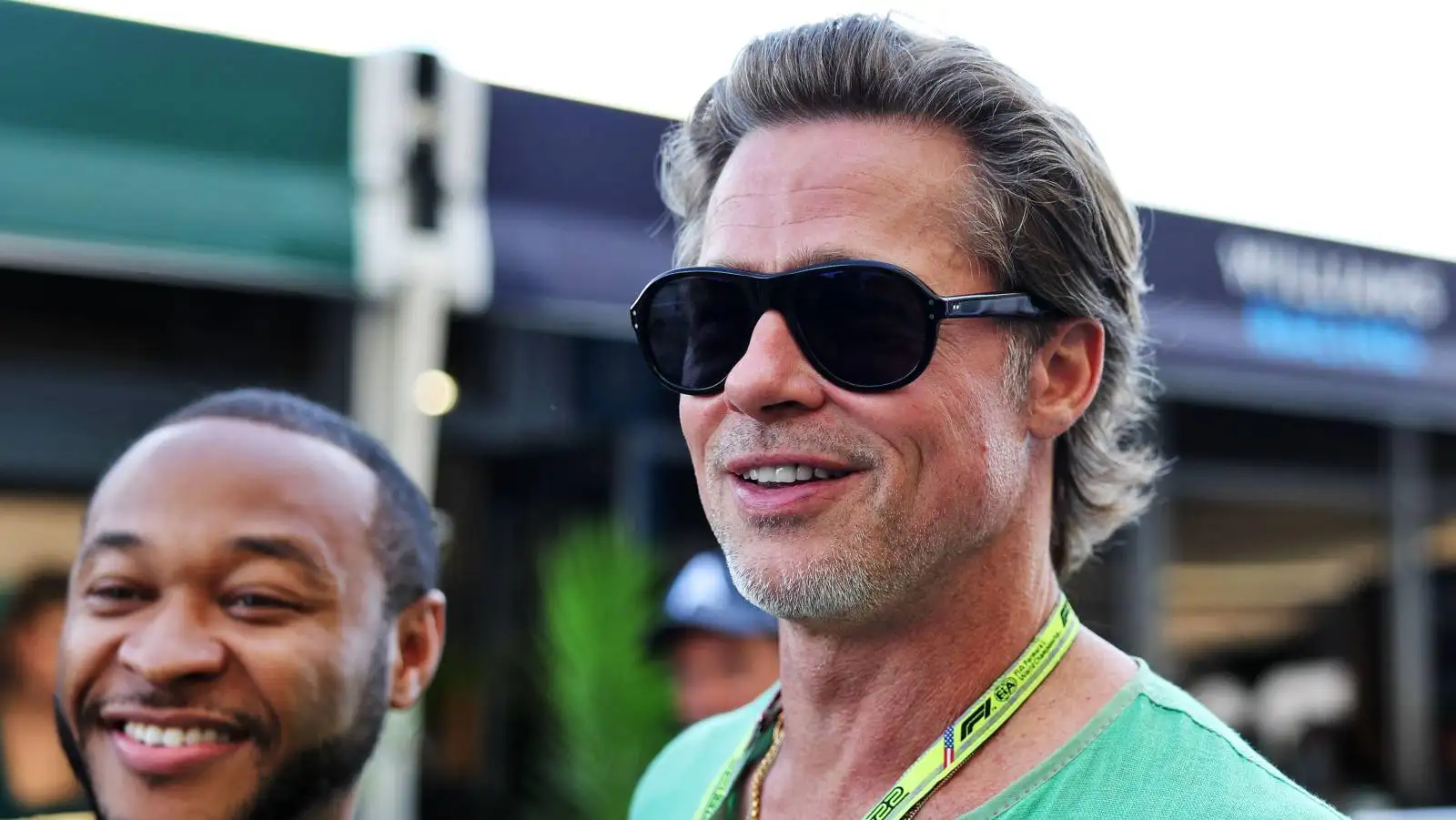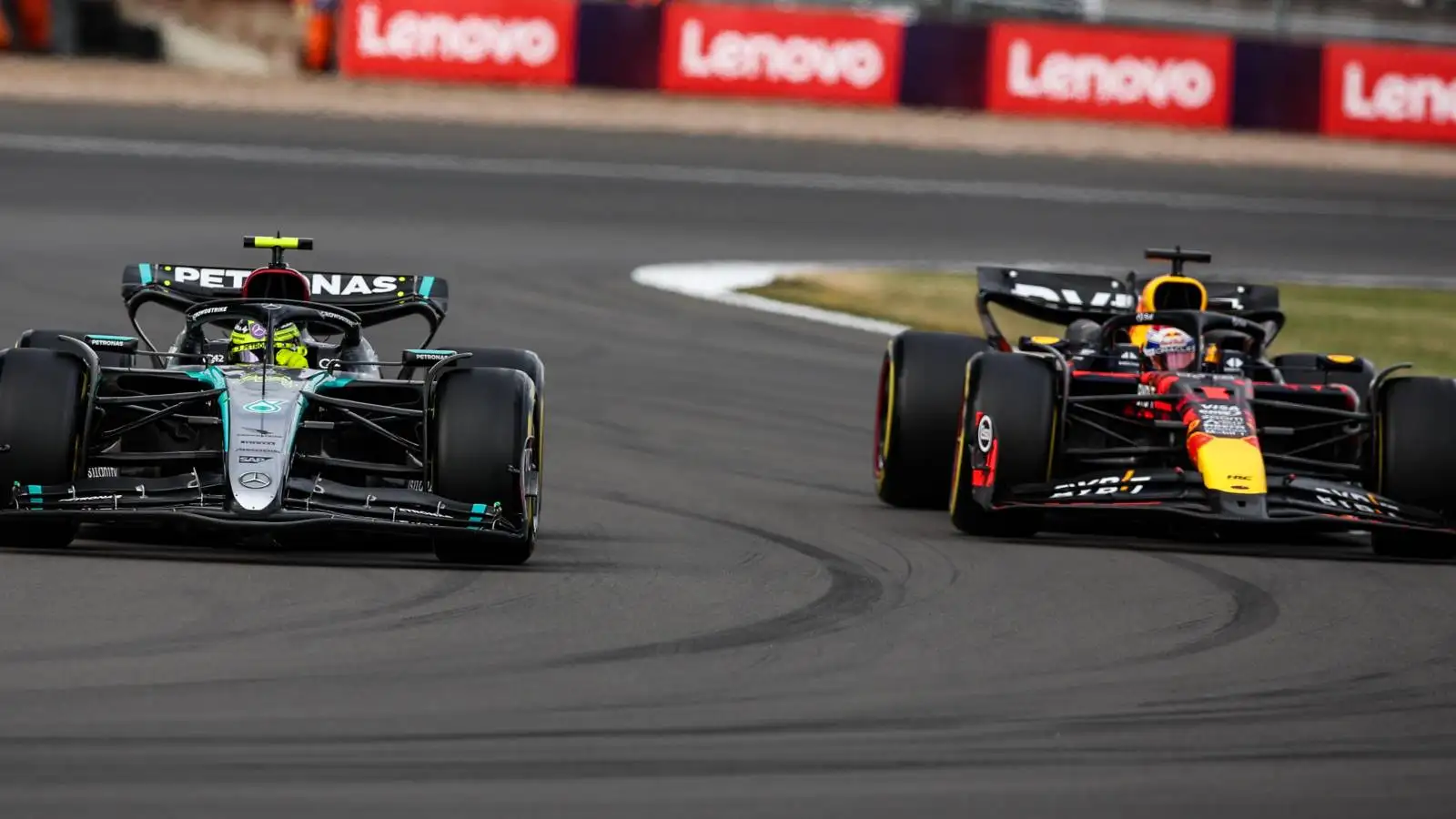Alpine’s recent driver shuffle has surprised fans, with Franco Colapinto replacing Jack Doohan for an unexpected five-race stint. This bold move is seen as part of Alpine’s preparation for the 2026 F1 season, aiming for the best driver lineup. Flavio Briatore, Alpine’s executive advisor, sheds light on the reasoning behind this strategic shift. Jack Doohan’s journey hits a pause as Colapinto steps into the spotlight. Meanwhile, changes in Alpine’s leadership spark further intrigue.
- Jack Doohan is replaced by Franco Colapinto for five races.
- Alpine aims to assess talents for F1 2026 with this bold move.
- Flavio Briatore clarifies the reasoning behind this driver shuffle.
- Jack Doohan’s short-term contract speculation ends as Colapinto gets a chance.
- Leadership changes at Alpine add another layer of excitement.
Alpine’s decision to swap Jack Doohan for Franco Colapinto in the upcoming five races has captured the attention of the Formula 1 community. Despite only seven races into his F1 career without scoring a point, Doohan finds himself stepping aside. This move, as explained by Flavio Briatore, is part of Alpine’s comprehensive assessment of potential drivers, setting sights on the pivotal 2026 season.
Flavio Briatore, in his role as Executive Advisor, emphasized the necessity of evaluating drivers under competitive conditions to ensure having the top talent in their cars when 2026 arrives. He remarked, ‘With the field being so closely matched this year and with a competitive car, which the team has drastically improved in the past 12 months, we see the need to rotate our line-up.’ Colapinto’s five-race trial begins with the triple-header at Imola, Monaco, and Barcelona, followed by the Canadian and Austrian Grand Prix.
Alpine’s strategic shake-up comes shortly after Oliver Oakes resigned as Team Principal. While the team didn’t comment on whether his departure was related to the driver changes, Oakes had openly supported Doohan, adding an interesting backdrop to the events. Briatore, now covering the duties of team principal, continues to guide the team through these transitional times.
The decision not only fuels speculation about Alpine’s future plans but also raises questions about other reserve drivers, like Paul Aron. Alpine hinted at a thorough evaluation process, suggesting that Colapinto’s performance could determine future choices. However, the possibility of Doohan’s return is not entirely ruled out, leaving room for further developments.
Amidst the management shuffle and driver drama, Alpine remains focused on having a solid team ready for the long-term goals set for 2026, making each decision now part of a larger strategy. This ongoing evaluation underscores the high stakes and competitiveness inherent in F1 racing, where every race could define a driver’s career trajectory.
Alpine’s strategic changes highlight the dynamic nature of F1 teams as they optimize for future success.
